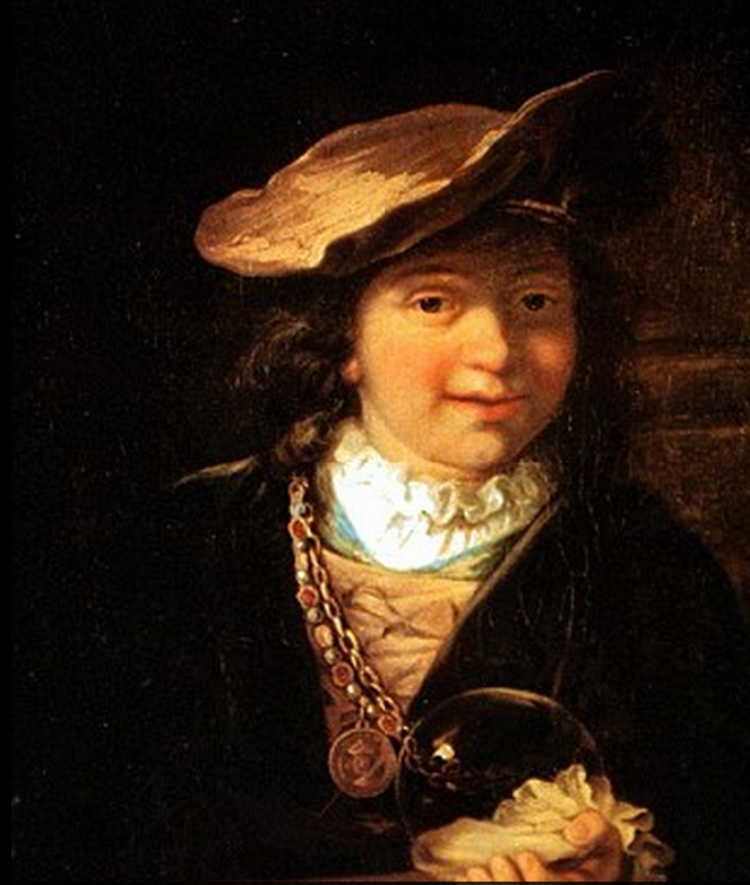Law & Politics
Rembrandt Theft Remarkably Similar to Novel ‘The Goldfinch’


Sarah Cascone

More details have emerged about the theft of a recently recovered Rembrandt painting that was lost for 15 years, and many are calling the story a real life version of recent bestselling novel The Goldfinch. Patrick Vialaneix, a former alarm technician, is protected by statute of limitation laws and now stands to cash in on his new-found fame.
After carefully studying the museum’s security system, Vialaneix stole Child With a Soap Bubble from the Municipal Museum of Draguignan during Bastille Day festivities in 1999. He slipped into a cabinet as the museum was closing, and took advantage of noise from helicopters overhead. The hubbub muffled the sounds of the museum alarm, triggered as he removed the painting from behind bulletproof glass, allowing him time to escape before police arrived on the scene.
Vialaneix had been obsessed with the painting since childhood because he felt that the figure in the image looked just like him. When he first encountered the work at age 13, it was “like looking in a mirror,” according to an interview Vialaneix gave to Le Monde.
Much like the troubled Goldfinch protagonist, who stole the titular canvas by Rembrandt pupil Carel Fabritius from New York’s Metropolitan Museum of Art, Vialaneix initially kept the painting under his bed, carefully wrapped in cloth and bubble wrap. As in the book, he was extremely fond of the painting, and took great pleasure in looking at it, but soon grew paranoid about keeping it at home.
“I became its guardian but also its hostage,” said Vialaneix, who moved continually, concerned about theft, termites, fire safety and excessive moisture.
When he finally confided in a friend, Vialaneix believed his worries were at an end. The friend arranged for a meeting with insurance agents in Nice, who offered over $54,000 in exchange for the painting.
Two days later the supposed insurance agents, who were actually con men, were arrested. They had tried to sell the painting on the black market. When Vialaneix learned the truth, he tearfully confessed, first to his wife, then the police. But thanks to the statute of limitations, no arrest was in order.
Although experts have voiced their skepticism of the work’s authenticity (see artnet News article), Vialaneix’s story is in high demand, thanks in no small part to its uncanny resemblance to the popular novel. Now, he has book and film offers of his own to consider.